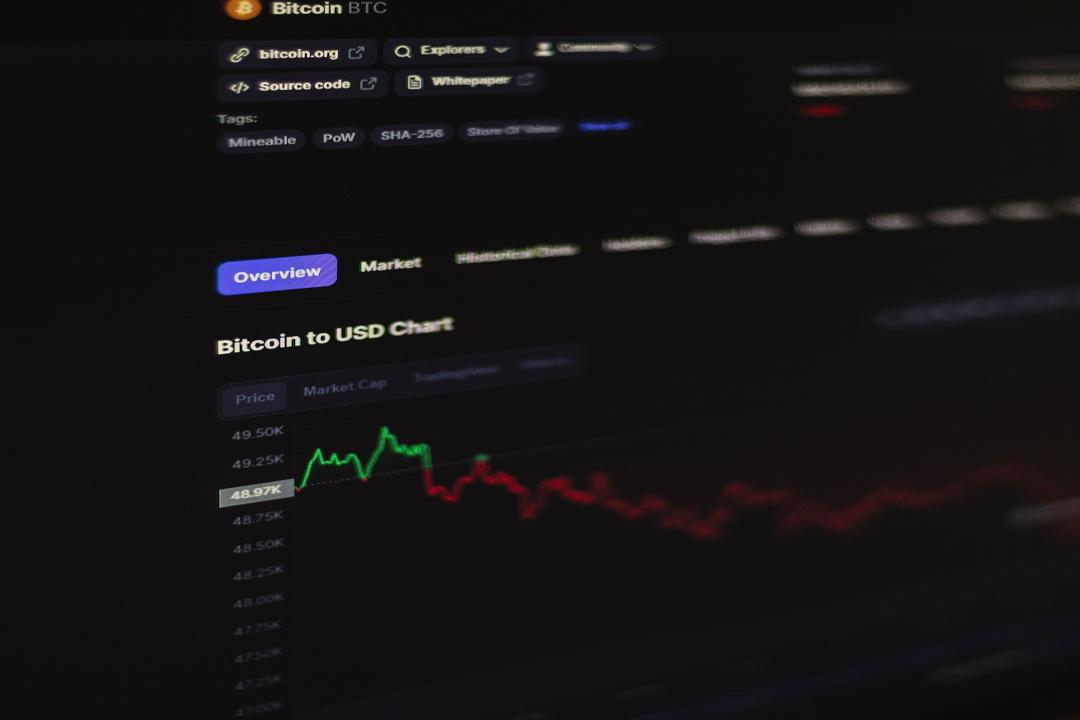Can Blockchain Applications Achieve Mass Adoption?
Since the birth of the first Bitcoin blockchain in 2009, over 15 years have passed, and the most popular blockchain applications are still highly concentrated in the financial services sector. It has been difficult for them to penetrate developed countries and they have faced strict regulations from governments around the world. We often hear the question: When will blockchain applications achieve mass adoption?
GameFi is one of the few blockchain application areas that has gained popularity, such as Axie Infinity, which focuses on earning money through gaming, or STEPN, which allows users to earn money by running. However, due to the impact of financial market cycles or the presence of short-term arbitragers, these blockchain applications have struggled to sustainably and steadily grow, often experiencing a price crash after a period of hype and then fading away.
From the perspective of traditional application development, the key factors for sustainable growth are the positioning and value of the product itself, the refinement of its design, the balance of various mechanisms, and the continuous positive feedback from the user community. Current blockchain applications often overemphasize marketing and early coin issuance for profit, similar to the early days of Web 1.0 when many internet companies went public before achieving stable revenue, ultimately leading to the dot-com bubble. The companies that survived have become dominant players in today’s information industry, built on effective financial discipline and the development of excellent products.
Therefore, let’s take a look at the products themselves to gain insight into the thinking of the designers and operators behind them, to determine if they have the potential to facilitate sustained growth.
What Makes Fooday App Stand Out in the Food Community?
Fooday is a food community app developed by a Taiwanese team. Recognizing the prevalence of fake reviews online, they aimed to create a “real review” food community platform. How did they achieve this?
Firstly, Fooday incentivizes users with the opportunity to earn rewards by writing restaurant reviews, which are distributed in the form of the cryptocurrency $FOOD.
Reviews must be captured using the built-in camera within the Fooday app to ensure that they are taken at the location of the restaurant, verifying that the reviewer has indeed visited the place.
To write reviews or withdraw funds, users must first purchase the Foodca camera, which is currently priced at a minimum of 65 FUSD (equivalent to 75 USD, approximately 2,400 NTD). Users can only write one review approximately every 16 hours, thereby raising the entry barrier for review manipulation or short-term arbitrage.
It is worth mentioning that the user experience of the Fooday app is excellent. For example, in the interface for writing reviews, the map location of the restaurant is automatically included, and when selecting photos, those taken near the restaurant are prioritized. These details indicate that the team genuinely values product experience. Members of the Fooday team have previously worked for the inline restaurant reservation system, bringing their past successful experiences into the development of Fooday.

Fooday is exploring new approaches to community management. Unlike the centralized approach to handling reports on traditional Web 2.0 platforms, Fooday allows community members to act as “anonymous whistleblowers” by issuing “challenges” to remove low-quality reviews. The platform then randomly selects community members to vote on the challenges, thus reinforcing the autonomy of the web3 community’s values.
However, the continuous iterative improvement of the product makes it difficult to fully integrate blockchain technology. As of now, Fooday only allows rewards to be withdrawn to the Polygon blockchain, and the Foodca camera has not yet become an NFT on the blockchain. We also hope that the governance mechanism of the community can gradually transition to the blockchain, in line with the values of blockchain data permanence and immutability.
Blockchain applications still face competition from existing applications. For example, the entry barriers of Fooday inhibit the scalability of user growth, and the requirement to use the app’s built-in camera for location verification makes it difficult for food bloggers who use single-lens cameras to join the platform. Although the map exploration interface is similar to Google Maps, the total number of reviews is still relatively low. These competitive factors are unrelated to blockchain technology and are problems that any application product aiming for widespread adoption must face.
Apple’s late co-founder Steve Jobs emphasized at the 1997 WWDC conference that we should build product technology based on user experience, rather than envisioning product appearance from new technology. This statement is still highly relevant today.

